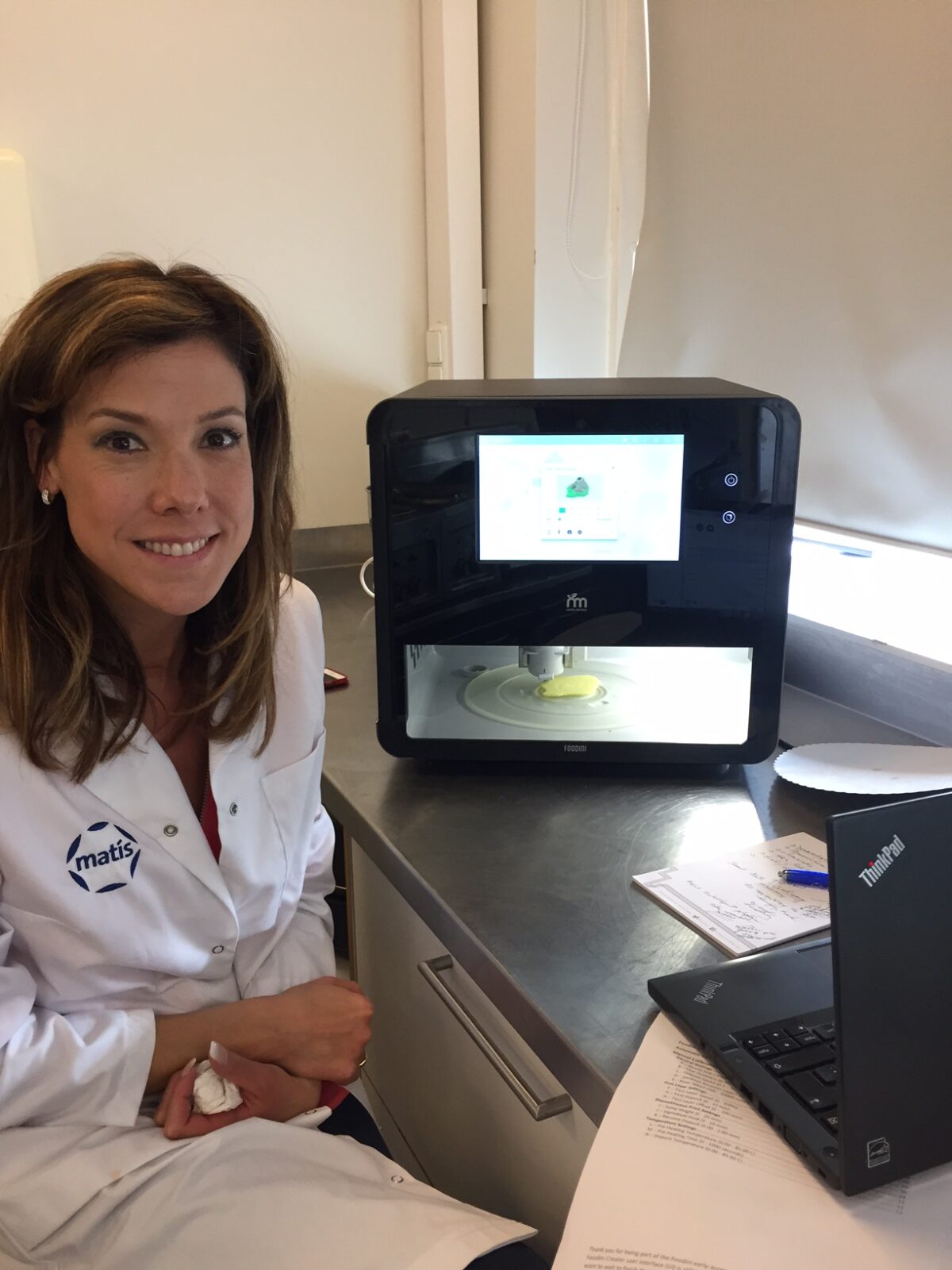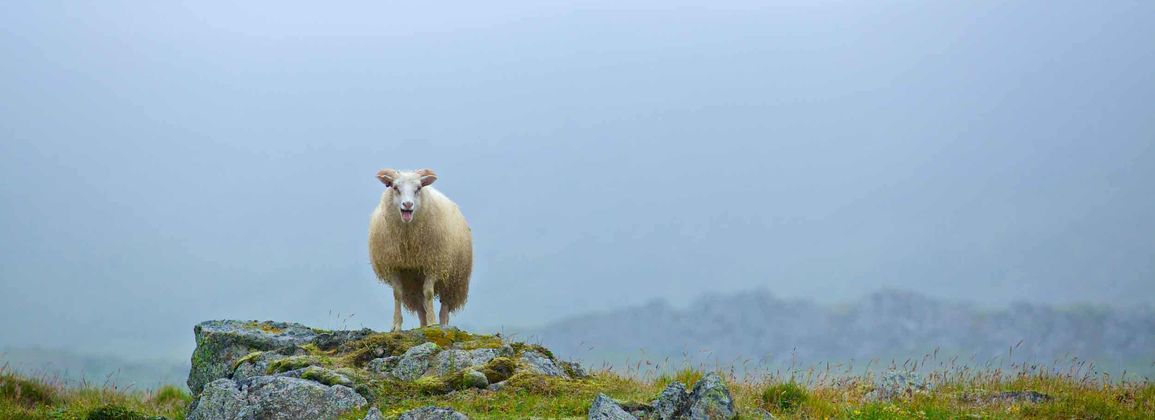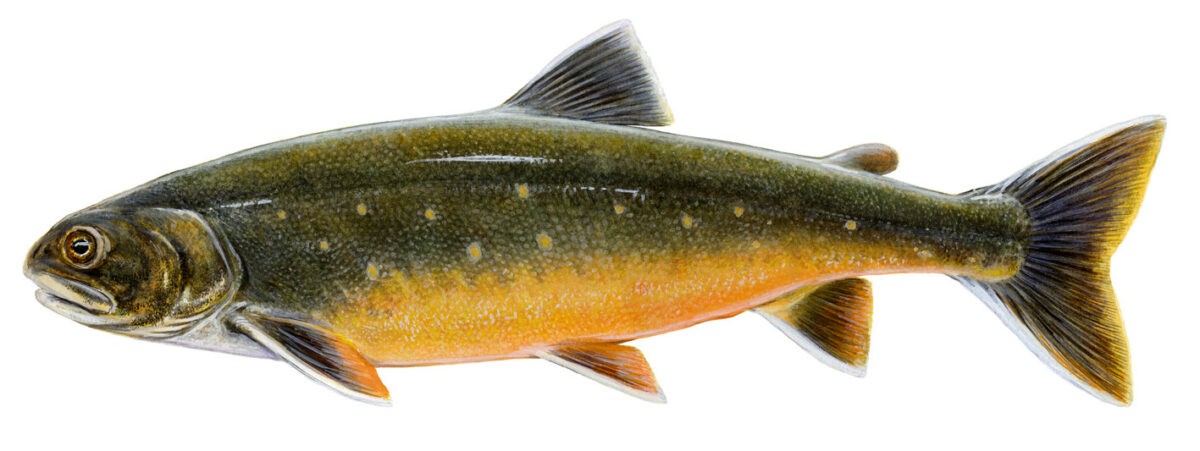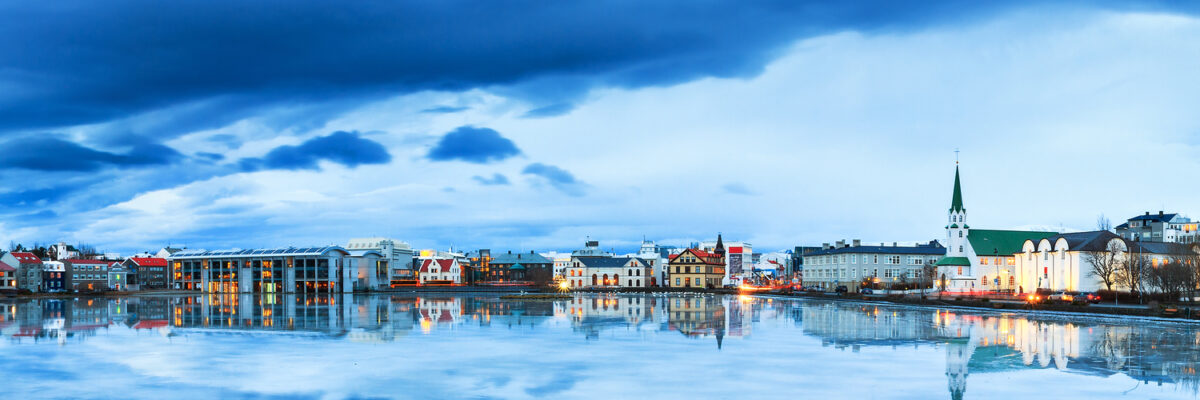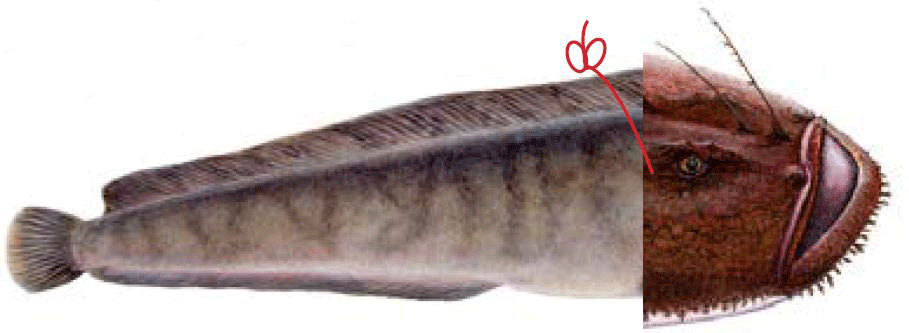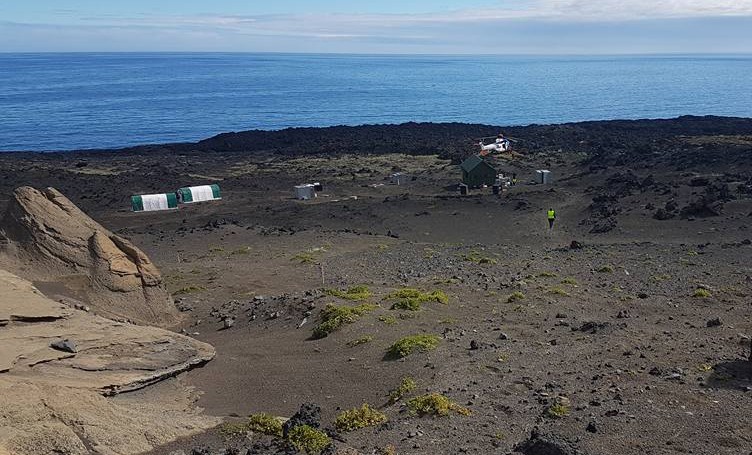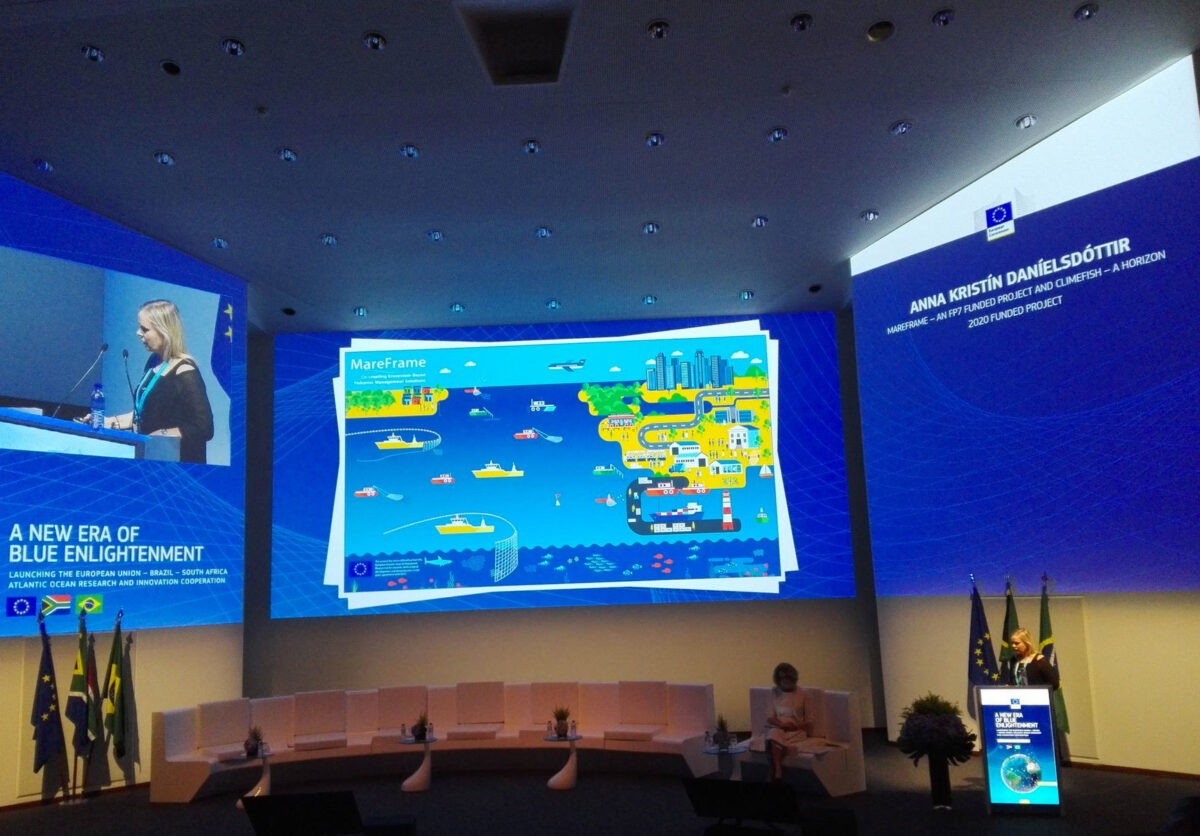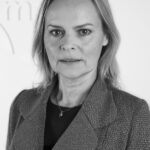The next technological revolution will be in the food sector, and Icelandic seafood is already in Matís' three-dimensional food printer.
Most people now predict that the next technological revolution will be in the food sector. Investors who previously invested in the IT revolution in the Silicon Valley in the United States are now investing in start-ups that are likely to revolutionize the food market with new technology and products. This is a technology such as a food printer that prints food at the request of everyone, "says Hörður G. Kristinsson, Matís' director of research and innovation. Hörður holds a PhD in food and chemistry and an MBA in business administration. He worked for many years as a professor of food chemistry at the University of Florida in Gainesville before returning home and joining Matís in 2008.
The defense turned to attack
Hörður says the research environment in Iceland is very flexible and fun and a great entrepreneurial force in people. "I came home from the United States at an interesting time in 2007, in a boom, but shortly afterwards the economy collapsed. It is interesting that despite this downturn, Matís has managed to grow and prosper, but there are many good and enthusiastic staff. Immediately after the collapse, a decision was made to turn defense into offensive, and since then we have applied extensively to foreign research funds with good results. ”He says Matís has a strong position when it comes to marine-related research and the company is one of the world's leading research companies. Among other things, Matís is one of 50 companies and universities in many parts of Europe that take part in a very large project called EIT Food, which stands for European Institute of Innovation and Technology. The seven-year project will be funded by EUR 400 million and is the largest project of its kind in Europe. The aim is to significantly strengthen food research and development on the continent and revolutionize the food industry and the education of future employees in the industry.
Icelandic seafood for food printers
Hörður emphasizes that technological revolutions tend to happen fast. Therefore, it can be expected that the aforementioned food printer, which may be considered an absurd idea today, will in a few years 'time become as common a device in Icelanders' kitchens as a microwave oven. But what is a food printer? "A food printer is a 3D printer that can prepare or print food according to the consumer's specifications. It then determines the appearance and shape of the food and can control the chemical composition according to its own nutritional needs. If he wants more protein, or certain healthy ingredients, he can tailor the food to those needs and make it when it suits him. The ingredients are in capsules in the printer, which then shapes the food according to the user's wishes. ”The food printer is already on the market and Matís has purchased such a device, according to Harður. Subsequently, a pilot project will be launched to print 3D seafood. "We intend to prepare and develop special cartridges for this printing with ready-made mixtures of seafood. With this, we want to both draw attention to Icelandic ingredients for these printers and make Iceland a leader in this field. ”Among Matís' partners in this research is the Icelandic national team, which Hörður says has shown great interest in this innovation, as well as Þorbjörn and Ísfisk, who are progressive fish processing companies. "We want to find a way to make seafood exciting again, especially for the young generation. Young people will then be able to use different ingredients from the sea to print healthy and good food. ”He says the food printer is just one of many changes that will take place in the kitchen of the future. Thus, for example, the refrigerator will also evolve and will be able to monitor the freshness of the food it stores and let you know when it is running out of time or damaged.
Distribution by drone
According to Harður, extensive research and testing is now being carried out on the distribution of food by drone. However, it does take into account that the laws on drones are very different, from one country to another. "Most of these experiments are performed in New Zealand, as drone laws are relatively liberal in that country. The company Dominos has been experimenting with flying pizzas to customers and the 7-11 chain has started sending packages with drones home to people who live a few kilometers away from their warehouse. "Amazon has recently filed a patent application for some kind of "Flying warehouse", which would be large balloons at a height of 12 to 14 thousand meters, from where it should then be possible to distribute drones of any kind to consumers. All of these are examples of the enormous and exciting developments that are currently taking place in the food industry.
World Seafood Congress
This will be discussed at the World Seafood Congress (WSC) conference, which will be held in Harpa from 10-13. september nk. Among the speakers will be Lynette Kucsma, who participated in the design of one of the first 3D food printers. John Bell, from the European Commission, will discuss the impact of the technological revolution on the European fisheries sector. Hörður says that WSC is one of the most important conferences in this field in the world and a challenging task for Matís to host it. All management of such a conference requires a great deal of co-operation, and with Matís in this project is a group of strong parties: Arion Bank, HB Grandi, Brim, Íslandsstofa, the Nordic Council of Ministers and the United Nations University School of Fisheries.


